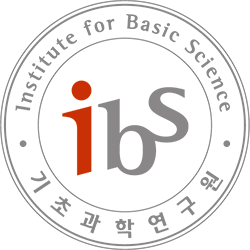Optimal transport for generating transition states in chemical reactions – Gyuyoung Hwang
B232 Seminar Room, IBS 55 Expo-ro Yuseong-gu, Daejeon, Daejeon, Korea, Republic ofIn this talk, we discuss the paper "Optimal transport for generating transition states in chemical reactions" by C. Duan et.al., Nat. Machine. Intelligence, 2025. Abstract Transition states (TSs) are transient structures that are key to understanding reaction mechanisms and designing catalysts but challenging to capture in experiments. Many optimization algorithms have been developed to search …

